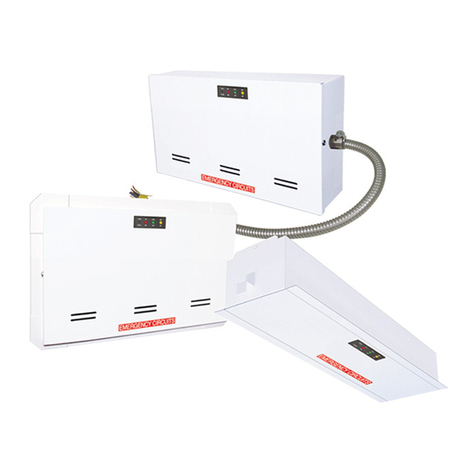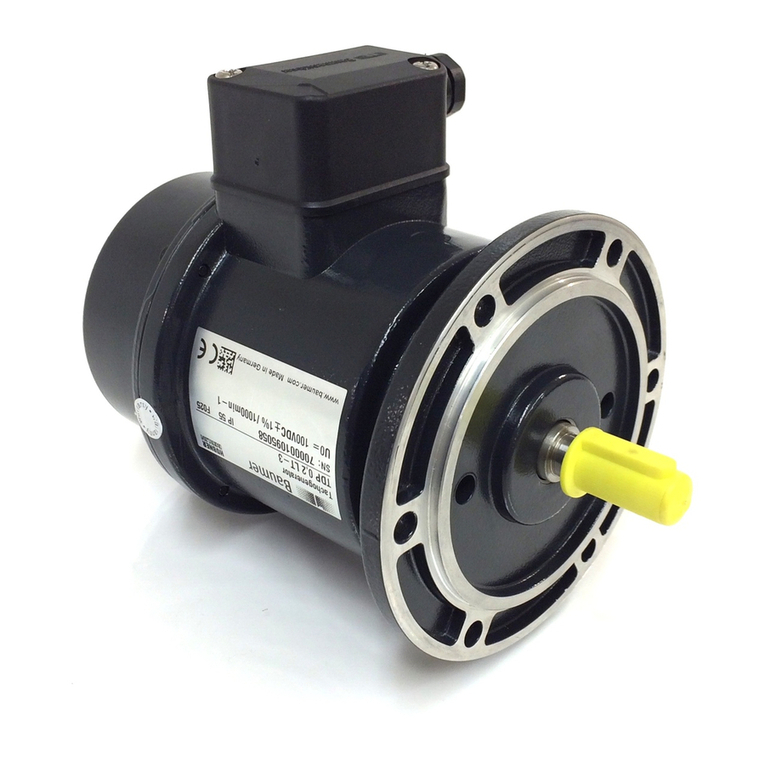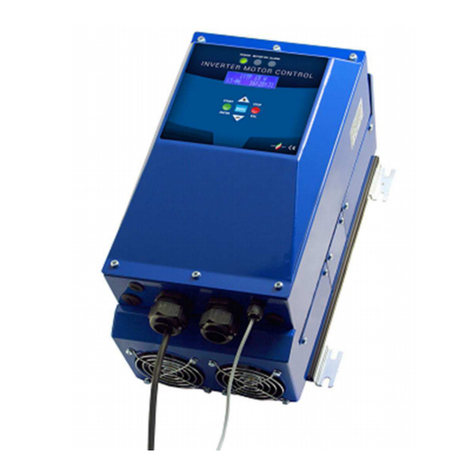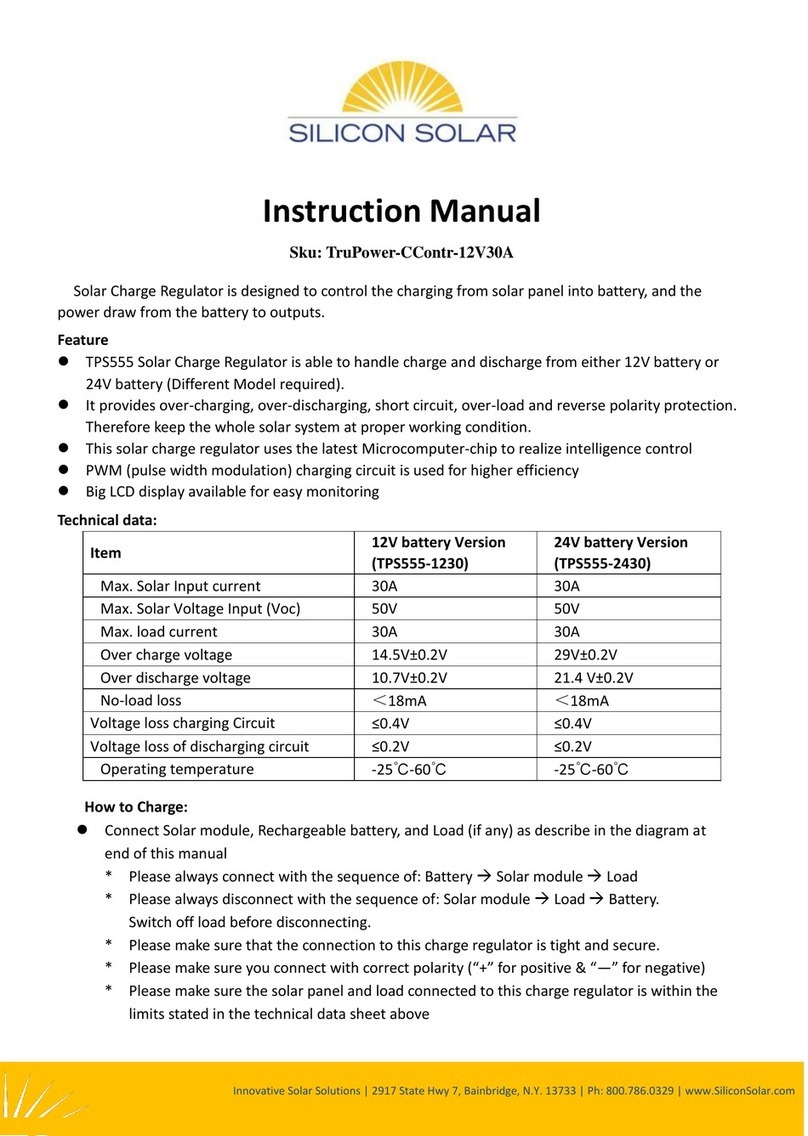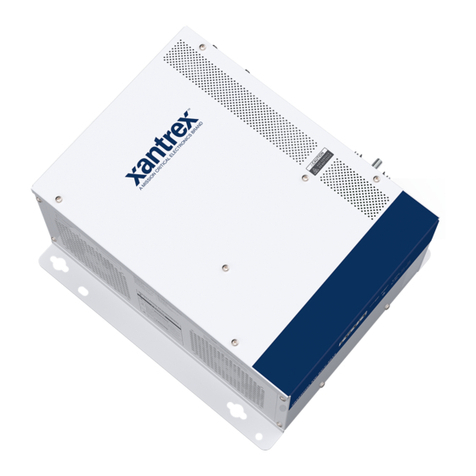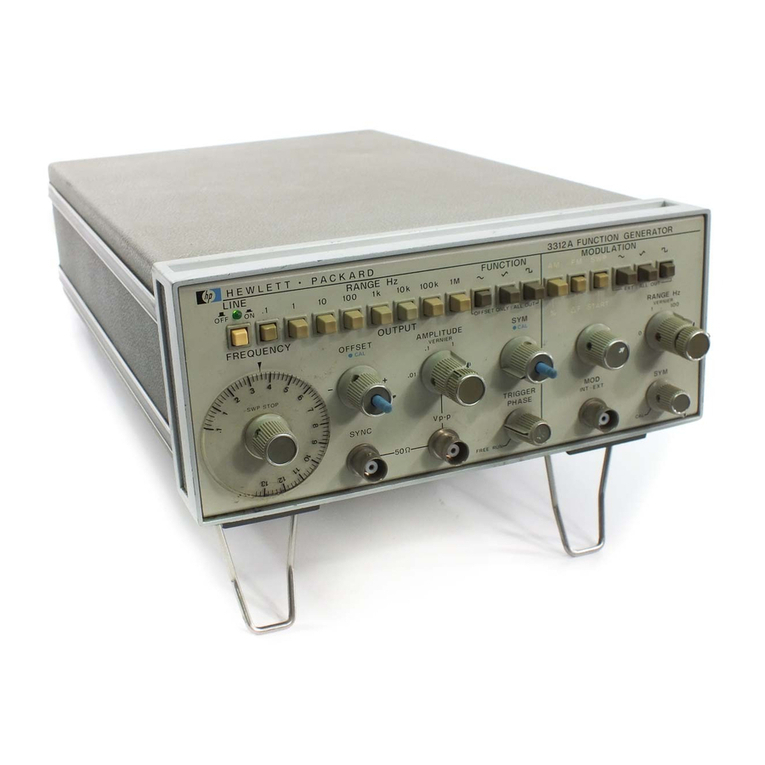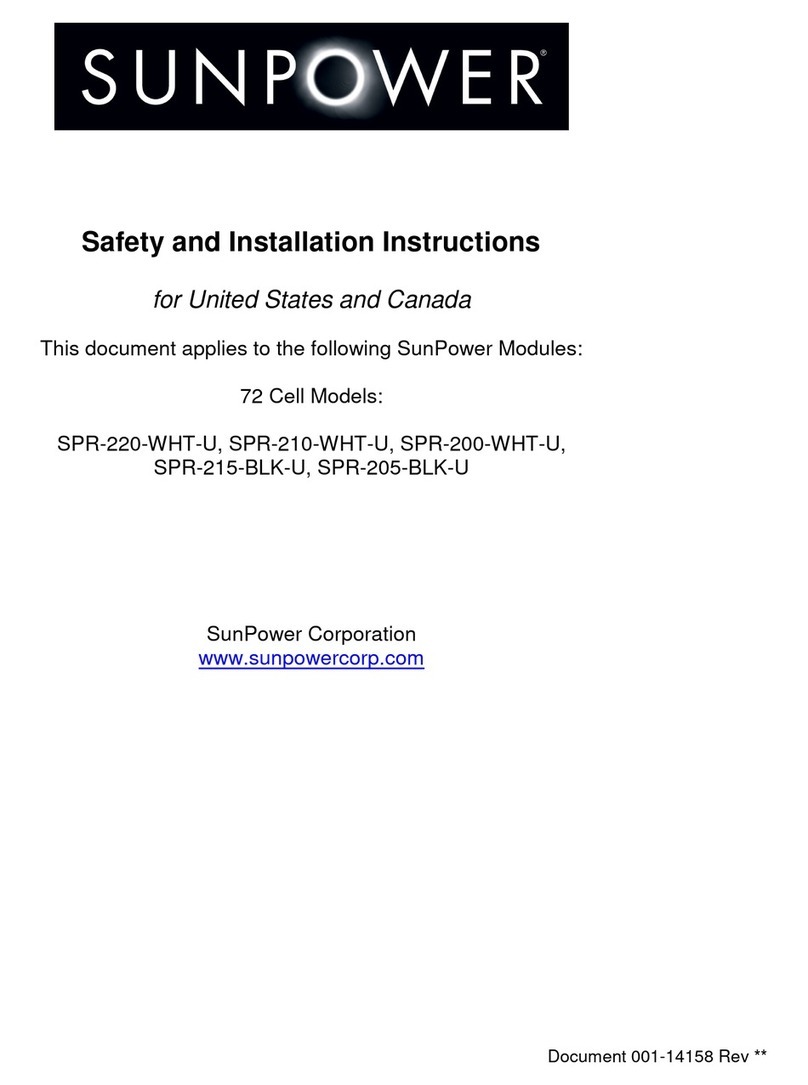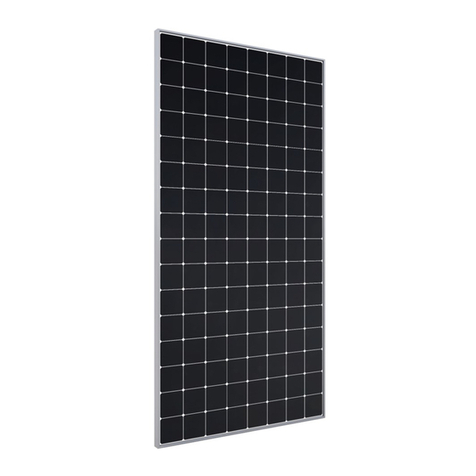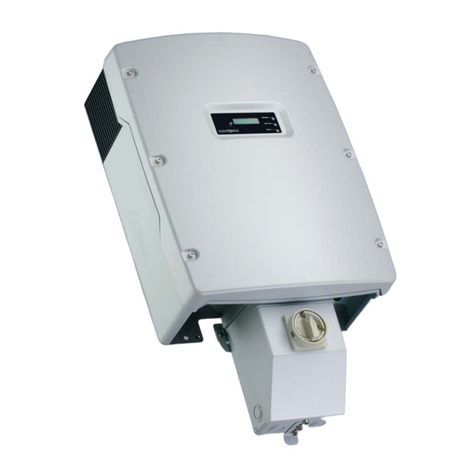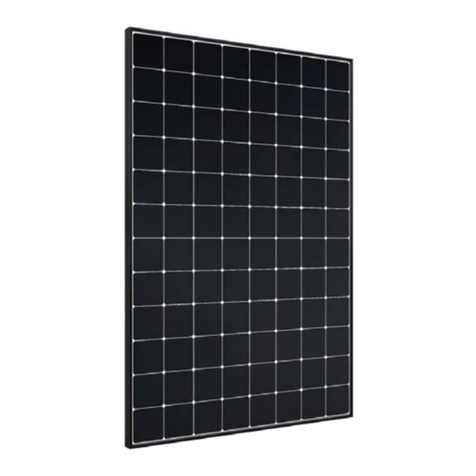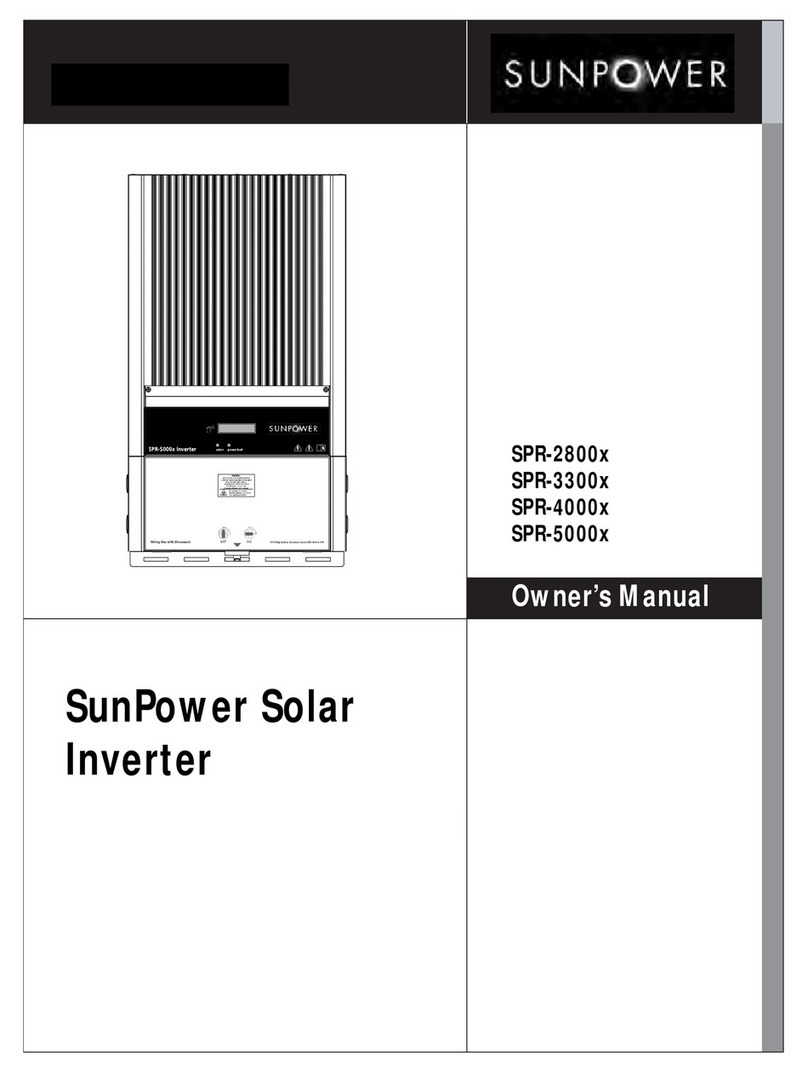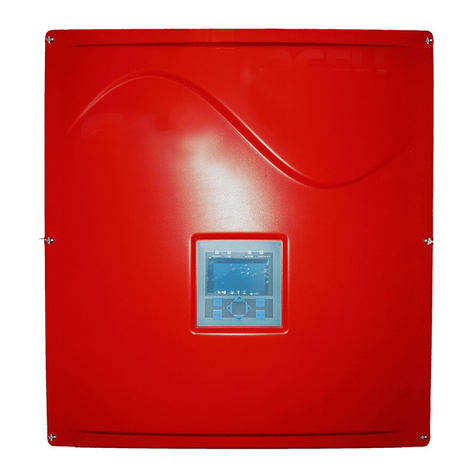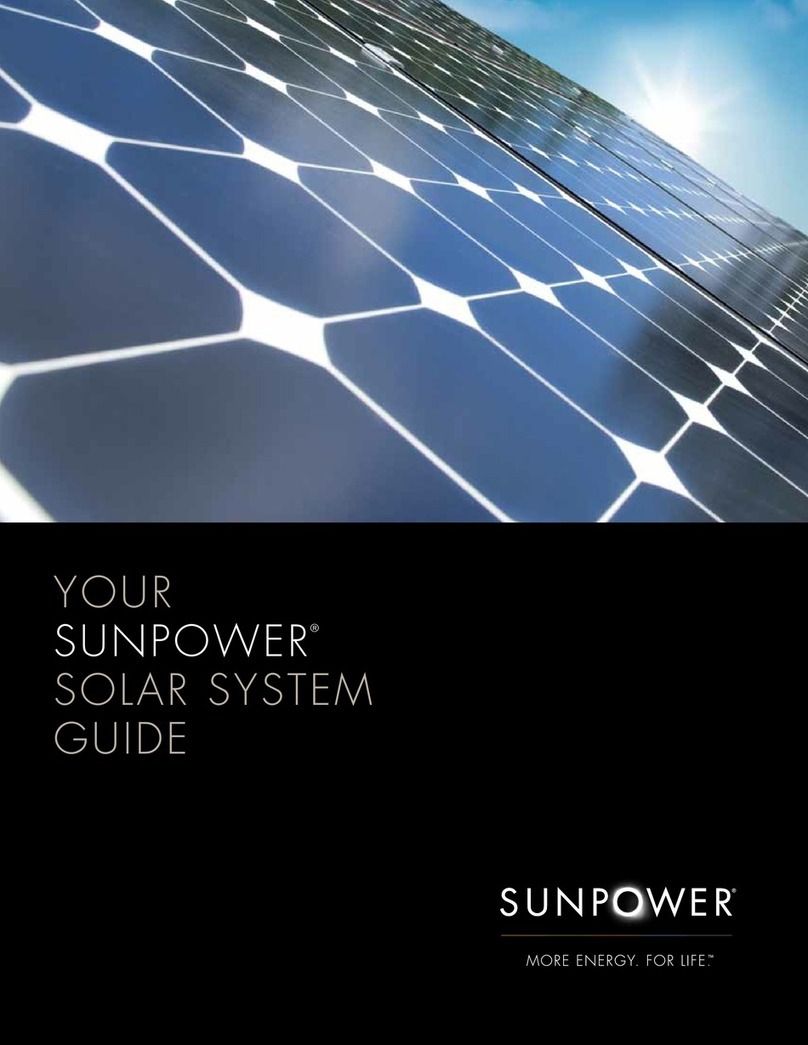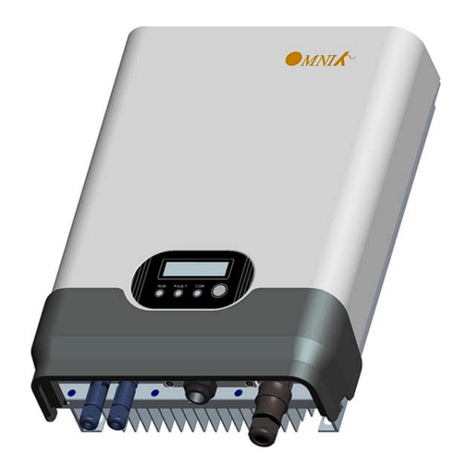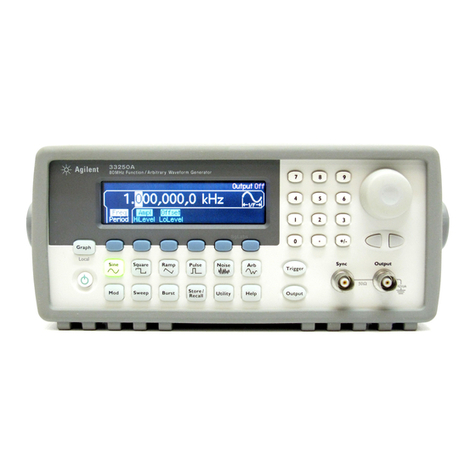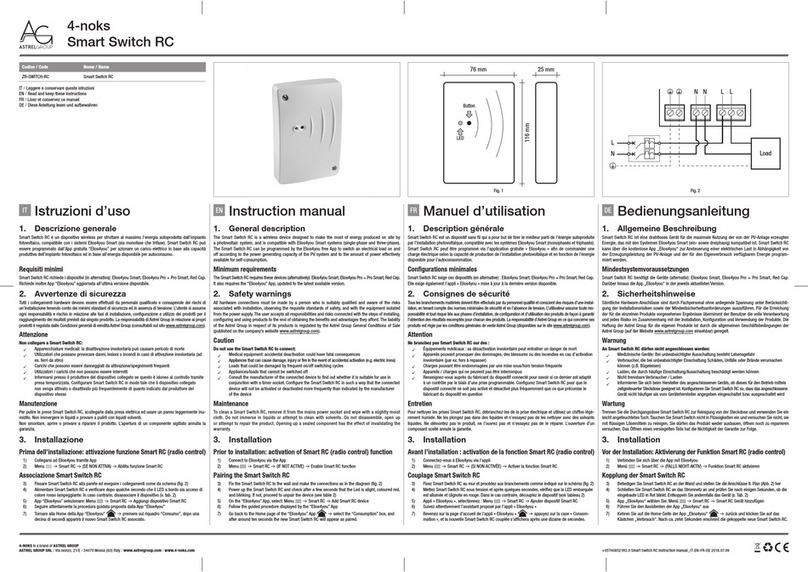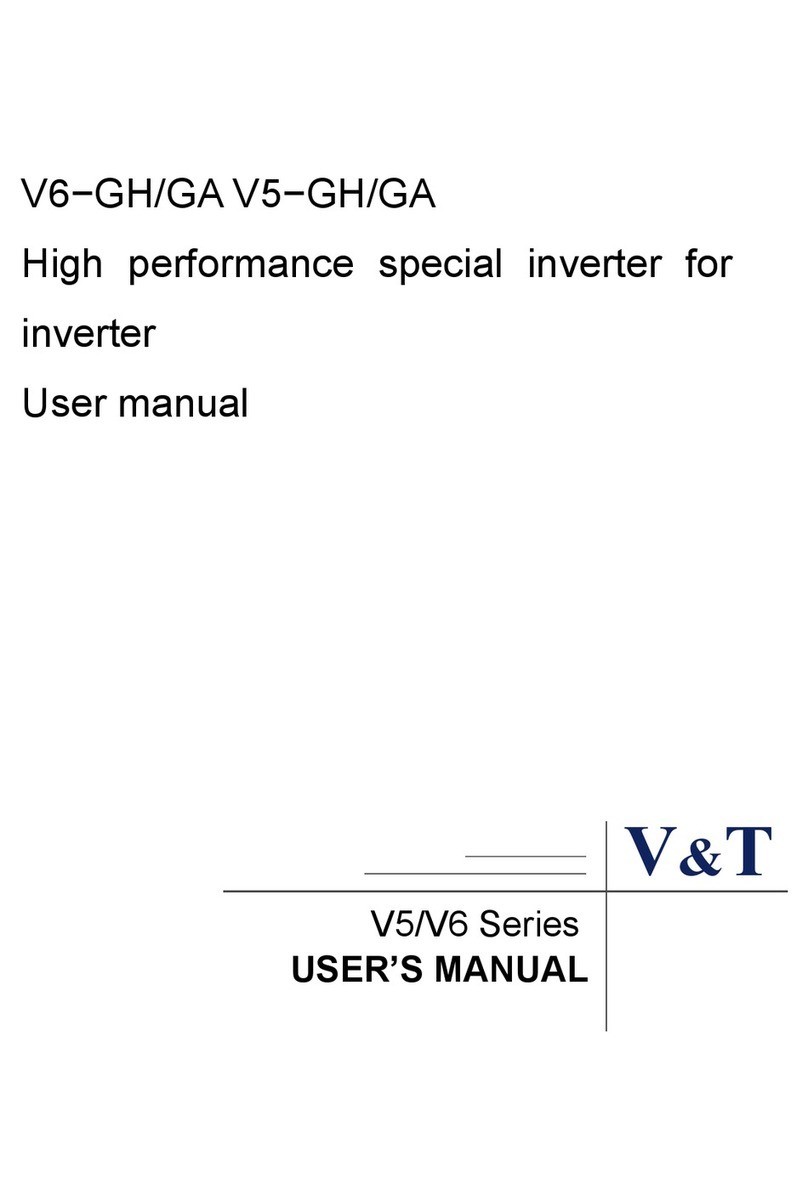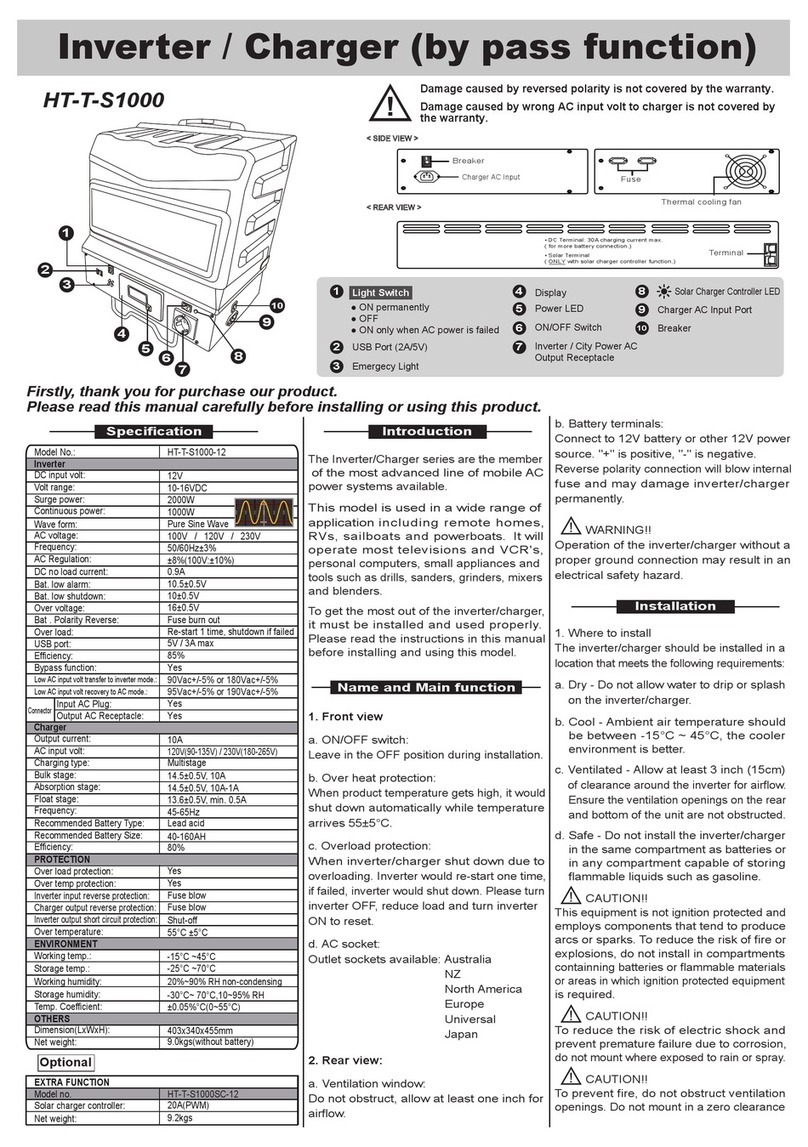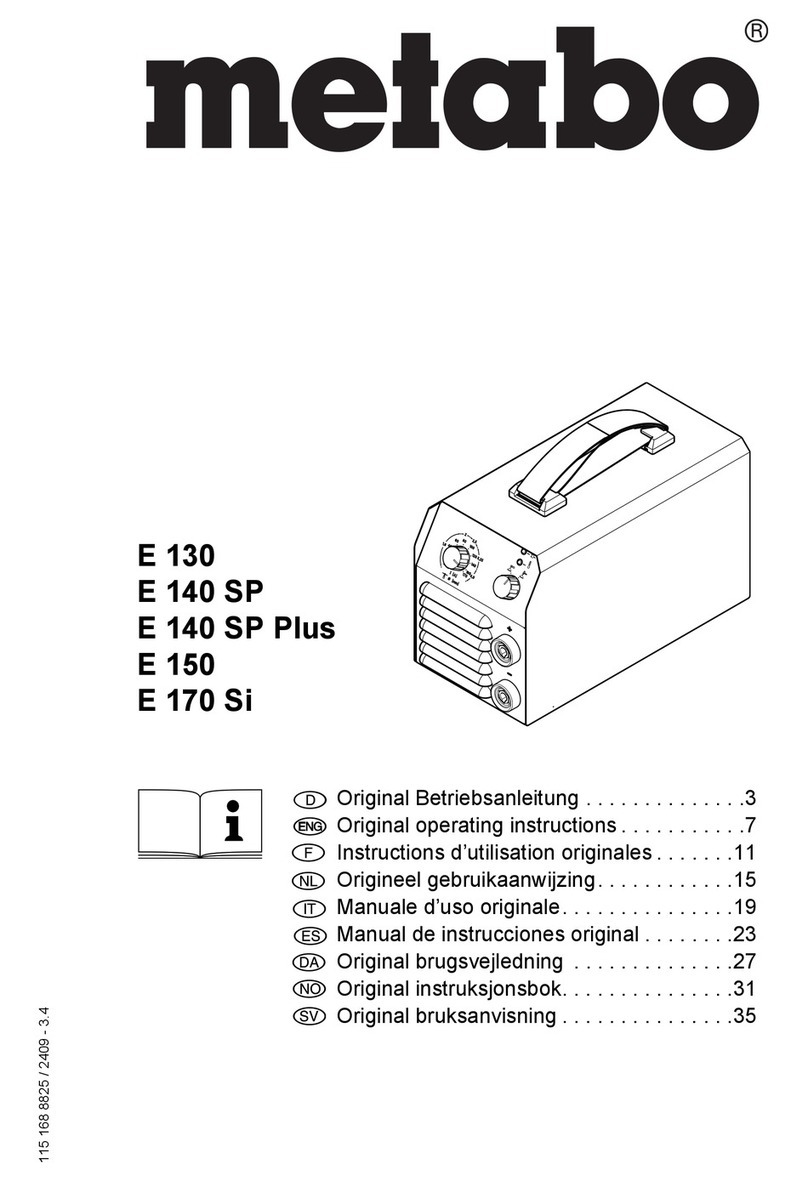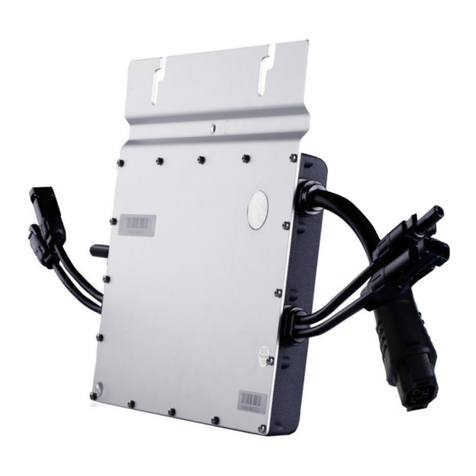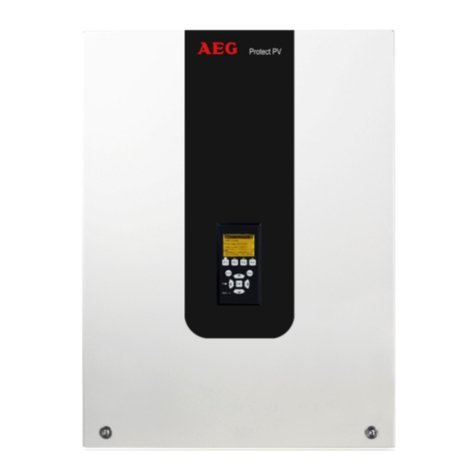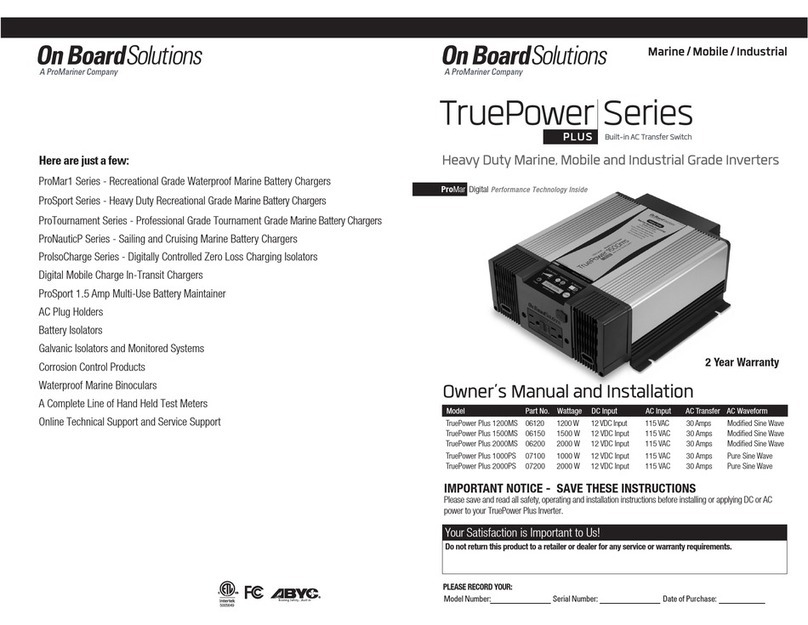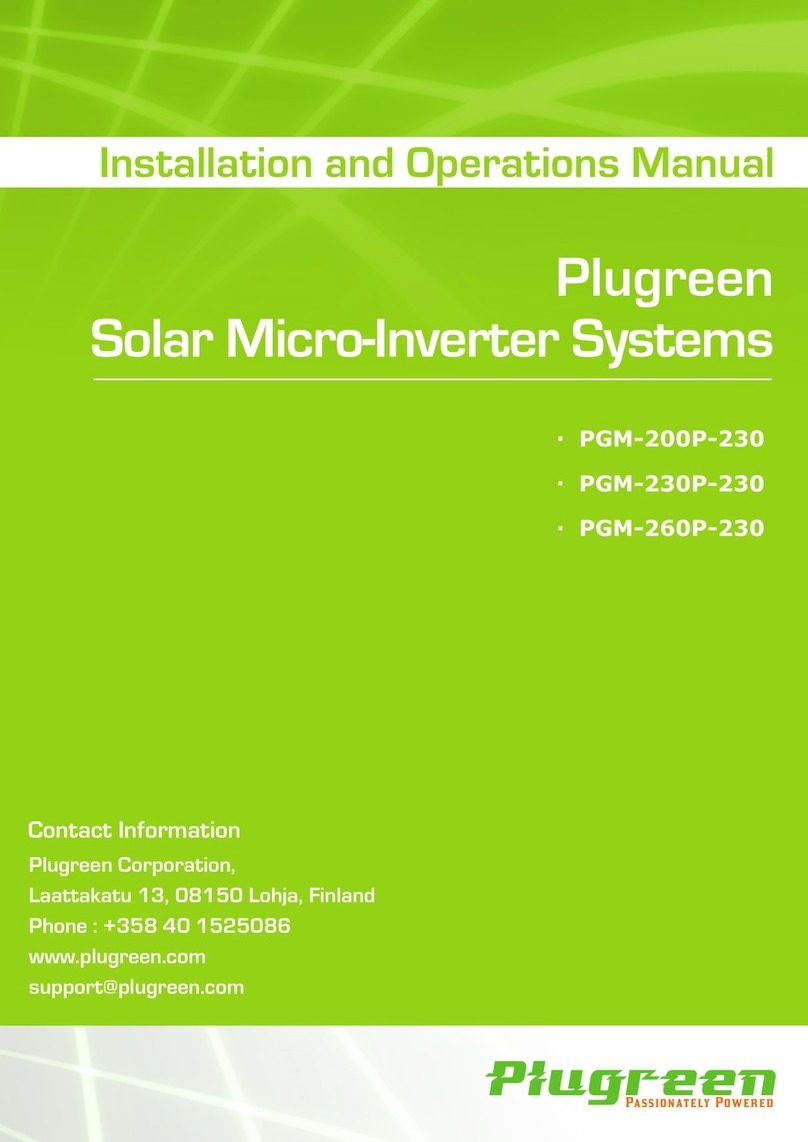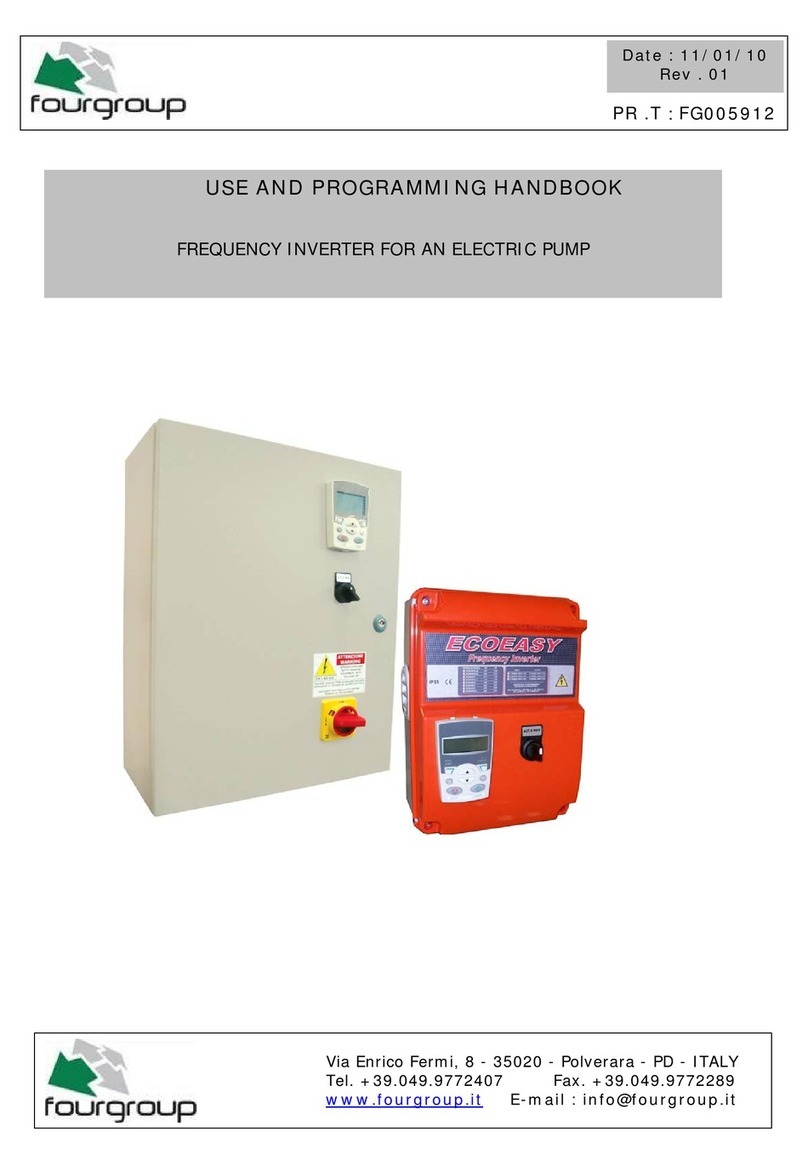
SUNPOWER CORPORATION
Safety and Installation Instructions - Document 001-15497 Rev U
©September 2020 SunPower Corporation. All rights reserved. Specifications included in this manual are subject to change without notice.
Safety and Installation Instructions
(English - IEC version)
1.0 Introduction
This manual provides safety and installation instructions for IEC
certified SunPower photovoltaic modules carrying the TUV logo on
the product label (Figure 1).
Figure 1
1.1 Disclaimer of Liability
The installation techniques, handling and use of this product are
beyond company control. Therefore, SunPower does not assume
responsibility for loss, damage or expense resulting from improper
installation, handling or use.
1.2 Conformity to International Electrotechnical Commission (IEC)
standards
This product meets or exceeds the requirements set forth by IEC
61215 Edition 2-2005 and Edition 3-2016 for PV Modules, as well as
IEC 61730 Edition 1 and 2 series for Class II applications. The IEC
Standard covers flat-plate PV modules intended for installation on
buildings and those intended to be freestanding. This product is not
intended for use where artificially concentrated sunlight is applied to
the module.
This manual shall be used in combination with industry recognized
best practices. Modules should be installed by certified professionals
only.
1.3 Limited Warranty
Module limited warranties are described in the SunPower warranty
document obtainable at www.sunpower.com. Please read this
document for more information.
Warranties do not apply to any of the following;
PV Modules subjected to: (i) misuse, abuse, neglect or accident;
(ii) alteration or improper installation (improper installation
includes, without limitation, installation or array that does not
comply with all SunPower installation instructions and
operations and maintenance instructions of any type (as may be
amended and updated from time to time at SunPower’s sole
discretion), and all national, state, and local laws, codes,
ordinances, and regulations); (iii) repair or modification by
someone other than an approved service technician of
SunPower; (iv) conditions exceeding the voltage, wind, snow load
specifications; and any other operational specification; (v) power
failure surges, lightning, flood, or fire; (vi) damage from persons,
biological activity, or industrial chemical exposure; (vii) glass
breakage from impact or other events outside SunPower’s
control.
2.0 Safety Precautions
Before installing this device, read all safety instructions in this manual.
•Cover all modules in the PV array with an opaque cloth or material
before making or breaking electrical connections.
•Do not disconnect any modules when its inverter is feeding in to
the grid. Switch off the inverter before disconnecting, reinstalling
or making any action with the modules.
•For connectors, which are accessible to untrained people, it is
imperative to use the locking connectors and safety clips, if
applicable, in order to defend against untrained personnel
disconnecting the modules once they have been installed.
•All installations must be performed in compliance with all
applicable regional and local codes.
•There are no user serviceable parts within the module. Do not
attempt to repair any part of the module.
•Installation should be performed only by qualified personnel.
•Remove all metallic jewelry prior to installing this product to
reduce the chance of accidental exposure to live circuits.
•Use insulated tools to reduce your risk of electric shock.
•Do not stand on, walk, drop, and scratch or allow objects to fall on
the glass surface of the modules.
•Damaged modules (broken glass, torn back sheet, broken j-boxes,
broken connectors, etc) can be electrical hazards as well as
laceration hazards. Contact with damaged module surfaces or
module frame can cause electric shock. The dealer or installers
should remove the module from array and contact the supplier for
disposal instructions.
•Unconnected connectors must always be protected from pollution
(e.g dust, humidity, foreign particles, etc), prior to installation. Do
not leave unconnected (unprotected) connectors exposed to the
environment. A clean assembly environment is therefore essential
to avoid performance degradation.
•Do not allow the connectors to come in contact with chemicals
such as greases, oils and organic solvents which may cause stress
cracking.
•Do not install or handle the modules when they are wet or during
periods of high wind.
•Do not block drain holes or allow water to pool in or near module
frames
•SunPower recommend to not mix 160mm cells and 166mm cells
modules in a cosmetically sensitive application.
•Contact your module supplier if maintenance is necessary.
•Save these instructions!
3.0 Electrical Characteristics
The module electrical ratings are measured under Standard Test
Conditions (STC) of 1 kW/m² irradiance with AM 1.5 spectrum and a
cell temperature of 25 °C. SunPower modules have specific electrical
characteristics as shown on the datasheets.
A photovoltaic module may produce more current and/or voltage
than reported at STC. Sunny, cool weather and reflection from snow
or water can increase current and power output. Therefore, the values
of Isc and Voc marked on the module should be multiplied by a factor
Important! Please read this instruction sheet in its entirety
before installing, wiring, or using this product in any way.
Failure to comply with these instructions will invalidate the
SunPower Limited Warranty for PV Modules.
Danger! Module interconnects pass direct current (DC) and are
sources of voltage when the module is under load and when it is
exposed to light. Direct current can arc across gaps and may
cause injury or death if improper connection or disconnection is
made, or if contact is made with module components that are
damaged. Do not connect or disconnect modules when current
from the modules or an external source is present.
This document includes references to SunPower E-series (SPR-
Eyy-xxx), X-series (SPR-Xyy-xxx), P-Series (SPR-Pyy-xxx, SPR-P3-
xxx, SPR-Pyy-xxx-UPP), SPR-MAX2-xxx, SPR-MAX3-xxx, SPR-
MAX5-xxx PV Modules.
Do not mix E, X, MAX2, MAX3, MAX5, P Series, P3 and P5 in one
System.
All module series does not require functional grounding and are
compatible with transformer-less inverters (ref. section 4.1)
